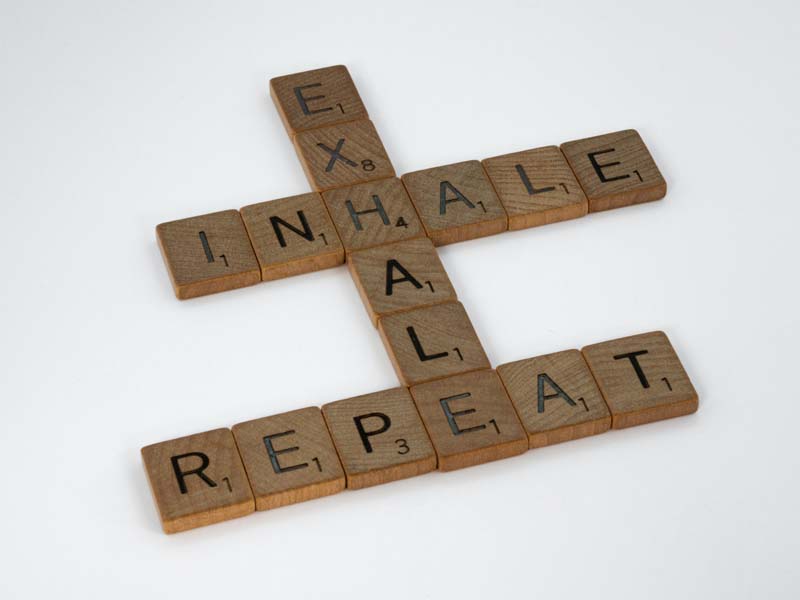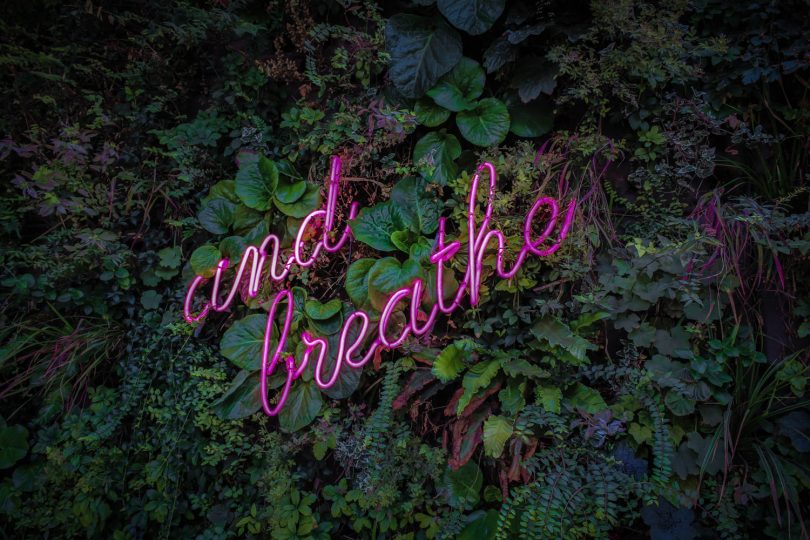Actionable tips on how to support our mental health with breathwork
Niraj Naik, ex-pharmacist turned holistic health expert, founder of the international School of Breathwork Soma Breath says:
“Health isn’t just about your physical body health. Health is your overall spectrum of livelihood; physical, mental, emotional, and spiritual. When one breaks down, everything else starts falling apart.
I’d like to encourage you to take the time to prioritise your mental health. Mental Health Foundation UK shared this year’s theme to be ‘connecting with nature’. So, make a conscious effort to go outside (even if it’s just for a few minutes a day) and take a few breaths in nature. Your breath is your superpower, and I cannot say this enough.
Connecting to your breath and nature brings you to a calm state and puts your mind, body, and spirit in total alignment”.
One of the proven ways to improve our mental state is by practicing breathing techniques.
Numerous studies have confirmed how breathing techniques can produce various physical and mental benefits. Interestingly, it seems that breathing techniques can even produce effects similar to those experienced with psychedelics.
The study led by Dr Jeff Tarrant “Can the Breath be Psychedelic? An Examination of Soma Breathing Meditation on Quantitative EEG and Altered States” suggests promising evidence that breathwork meditation can be used to replicate the calming effects of psychedelics as part of a comprehensive approach to improving mental health. The advantage of breathwork over psychedelics is that, unlike the complicated legalities and availability surrounding psychedelics, breathwork can be accessed anywhere, anytime, by anyone.

Niraj Naik, the founder of SOMA Breath, shares a simple breathing exercise that has helped many SOMA Breath practitioners to feel calm during moments of stress and anxiety.
- Sit in a comfortable place.
- Take a quick inhalation through your nose or mouth.
- Purse your lips and gently breathe the air out of your mouth very slowly as though you are breathing out through a straw. Do not tense your muscles while doing this – be as relaxed as possible.
- Imagine as the air is flowing out that a wave of relaxation is flowing down your body from top to bottom.
- Repeat the process several times for around 5-10 minutes a day. The longer the duration the deeper the effect at lowering your blood pressure and heart rate.
- You can also hold your breath for a few seconds before repeating the next round, gradually increasing the breath hold time each time you repeat for an even deeper effect.
The body has an incredible built-in ability to heal itself, we just have to come to a better understanding of how to work with the body instead of against it. Essentially by activating this parasympathetic system more frequently, we are harmonising the body and bringing it into greater balance. The reason for this is because most people that are under a lot of stress or in a state of chronic stress, are over-breathing or breathing too fast. Breathing in this manner for a time stimulates your sympathetic nervous system, which floods your system with oxygen.
Contrary to the belief that we need more oxygen (i.e. oxygen bars), oxygen in high volumes and high concentration for extended periods of time can be harmful to the body. It can cause oxidative damage within the body. It is why we need antioxidants in our diet, as they protect against oxidative stress. The sympathetic nervous system also activates what is called your “fight or flight” response. We don’t really need that much oxygen; we simply need the right amount of oxygen.
So essentially, this breathing exercise for stress relief helps us to get the right amount of oxygen in by shortening the amount of breath we take in, and by extending the exhalation breath. As we’re breathing out, we’re breathing out for a much longer time. This extended exhalation stimulates the parasympathetic nervous system and has a beneficial calming effect on the nervous system. Not only is this happening on a physiological level, but you can feel yourself moving into a more relaxed state as you are practicing it. Through practice, this is how to we can create a more relaxed state within the body at will.
Enhancements to the breathing exercise for stress relief
- Converge your eyes towards the tip of your nose or up towards the third eye (this helps to stimulate the parasympathetic nervous system as well).
- You can also make a long humming sound on the out breath such as AUM or any sound or single tone that feels good. You will feel a vibration going into your head that should feel very relaxing.
- If you want to improve your digestion, do this directly after a meal.
- If you want to sleep better, do this just before your about to go to bed while you’re lying down. You may find that you will fall asleep much easier and wake up feeling more refreshed and rejuvenated.
In closing, your best results will come from consistency and maybe even doing a little more each day. This is where you will really start to see the benefits of this breathing exercise for stress relief, preventing and curing chronic stress. It is also important to notice that you can be conscious about the way you’re breathing throughout your day, then it becomes more of a habit.





Leave a Comment